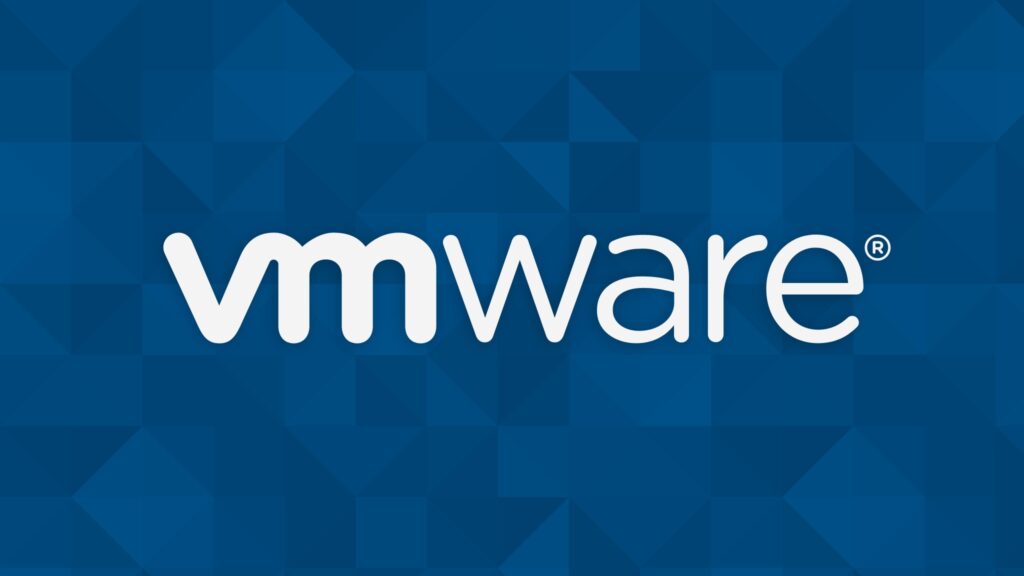Virtual machines play a vital role in today’s computing world, enabling users to run multiple operating systems on a single physical machine. Platforms like VMware facilitate this virtualization, allowing efficient management of virtual machines. However, knowing how to connect to these virtual machines is essential for effective operation. In this article, we will explore how to connect to VMware virtual machines, delve into the various methods available, and emphasize the importance of maintaining secure and stable connections.
Why Is Accessing VMware Virtual Machines Important?
Accessing VMware virtual machines is crucial for several reasons:
Remote Management Requirement: Virtual machines are often hosted on remote servers, which makes remote management capabilities essential. System administrators need to manage and maintain these machines efficiently, and without access, their ability to do so is significantly hindered. This remote management includes tasks like performance monitoring, configuration changes, and even scaling resources as required by the workload.
Maintenance and Updates: Regular maintenance and timely updates are crucial for the smooth operation of VMware virtual machines. Patching security vulnerabilities, updating software, and performing routine checks are all part of the maintenance process. Without proper access to the virtual machines, these tasks cannot be effectively carried out, potentially leading to system vulnerabilities and performance issues.
Troubleshooting and Debugging: Virtual machines, like any other computing environment, can encounter issues ranging from minor configuration errors to significant system failures. Quick and reliable access is necessary for administrators to troubleshoot and resolve these problems promptly. Being able to diagnose and fix issues remotely ensures that the systems remain operational and that downtime is minimized, which is crucial for maintaining business continuity.

How to Access VMware Virtual Machines?
There are several ways to access VMware virtual machines, each offering different levels of control and ease of use:
- Using VMware Horizon Client: VMware Horizon Client is client software designed for end-users to access their virtual desktops and applications from various devices. Installing this client on your device allows you to connect to VMware virtual machines using the necessary credentials. The Horizon Client supports a wide range of devices, including desktops, laptops, and even mobile devices, making it a versatile solution for accessing virtual environments remotely.
- Access via Web Browser: VMware offers an HTML5-based user interface, which allows users to access virtual machines directly through a web browser. This method is particularly convenient because it eliminates the need for installing additional software or clients on your device. With just a web browser and internet access, users can log in to their VMware environment, perform management tasks, or simply operate their virtual machines as needed.
- Using VMware vSphere Client: VMware vSphere is a comprehensive platform for managing virtual machines, and the vSphere Client provides access to this platform via a web browser or standalone application. The vSphere Client allows administrators to manage the entire virtual environment, including monitoring performance, deploying new virtual machines, and configuring resources. This method offers advanced control over the virtual infrastructure and is commonly used by system administrators and IT professionals.
- SSH Access to VMware Hosts: For those who prefer command-line access, Secure Shell (SSH) can be used to connect to the VMware ESXi host directly. This method is useful for advanced users who need to perform detailed configurations or troubleshoot issues at the host level. SSH access requires a strong understanding of VMware commands and scripting but offers granular control over the virtual machine environment.
- Remote Desktop Protocol (RDP): In cases where a virtual machine runs a Windows operating system, Remote Desktop Protocol (RDP) can be used to access the virtual machine. RDP provides a familiar interface for Windows users and allows for seamless access to virtual machines as if they were physical desktops. This method is often preferred for users who need to interact directly with the Windows desktop environment.
Benefits of Accessing VMware Virtual Machines
Accessing VMware virtual machines offers several important advantages that are critical for both operational efficiency and security:
Remote Management and Monitoring: The ability to remotely manage and monitor virtual machines ensures that system administrators can keep their environments running smoothly, regardless of their physical location. This flexibility is especially important in today’s globalized work environments where IT teams may be distributed across different geographical locations. With remote access, teams can collaborate more effectively and ensure that systems are always optimized and secure.
Quick Troubleshooting: Remote access allows for rapid identification and resolution of issues in virtual machines, reducing downtime and minimizing the impact on business operations. The ability to quickly address problems, whether through VMware Horizon Client, SSH, or vSphere, ensures that virtual environments remain stable and that any disruptions are dealt with promptly.
Productivity and Business Continuity: By enabling users to access their virtual machines from virtually anywhere, remote access contributes to increased productivity. Employees can work on their virtual machines from home, while traveling, or from any remote location, ensuring that business operations continue uninterrupted. This flexibility is crucial for maintaining productivity, especially in situations where access to physical office environments is limited or restricted.
Enhanced Security: Secure remote access to virtual machines ensures that sensitive data and resources are protected. VMware provides robust security features, such as multi-factor authentication and encryption, to safeguard connections and prevent unauthorized access. This focus on security is essential for protecting corporate data and maintaining compliance with regulatory requirements.
Conclusion
Accessing VMware virtual machines is a critical aspect of modern IT management. By utilizing the appropriate access methods—whether through VMware Horizon Client, a web browser, vSphere Client, SSH, or RDP—users and administrators can ensure that their virtual environments are managed effectively and securely. Proper access facilitates maintenance, troubleshooting, and enhances productivity, making it an indispensable component of a well-functioning IT infrastructure.




